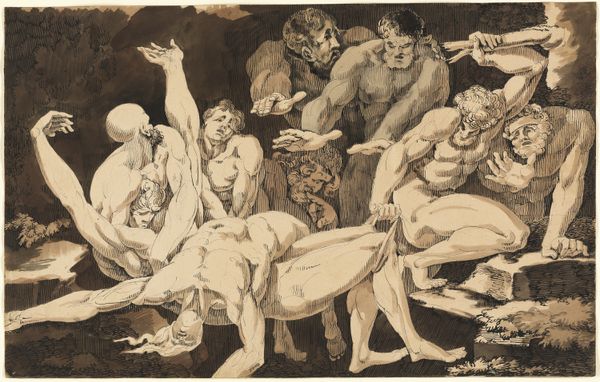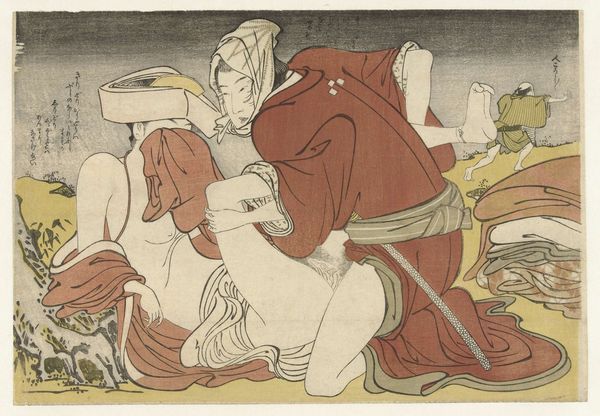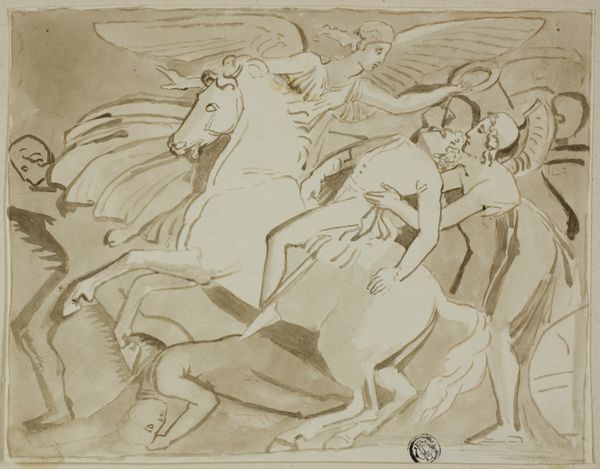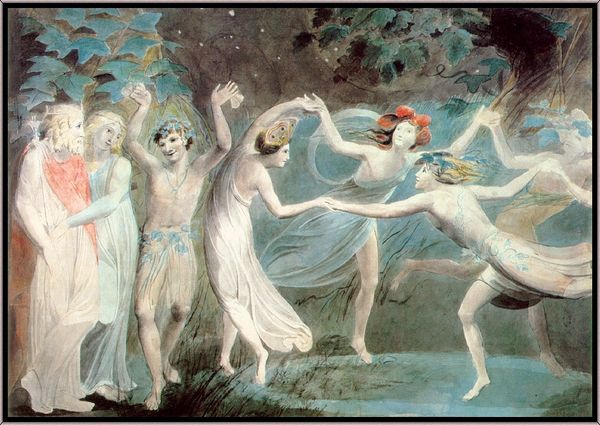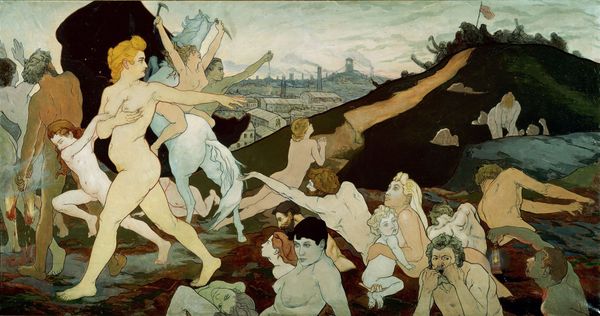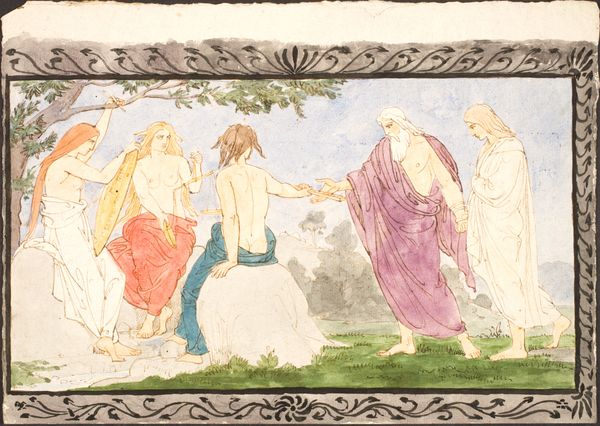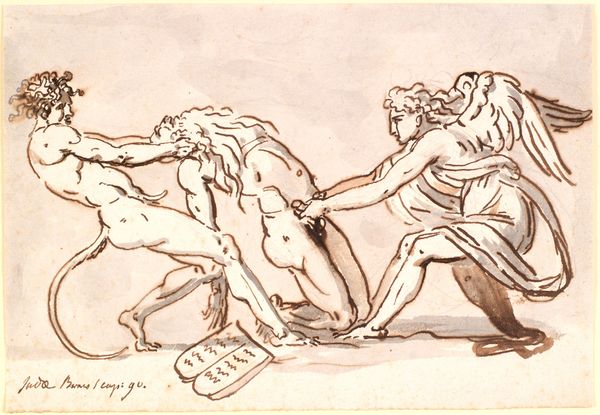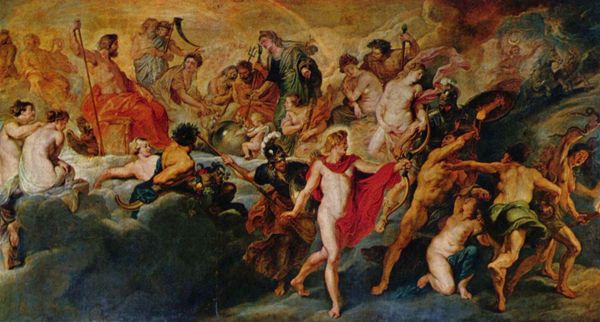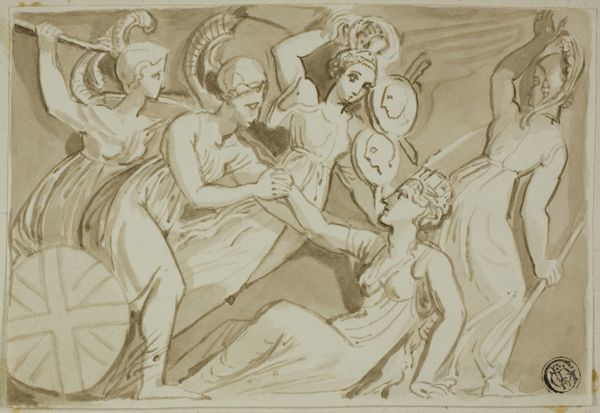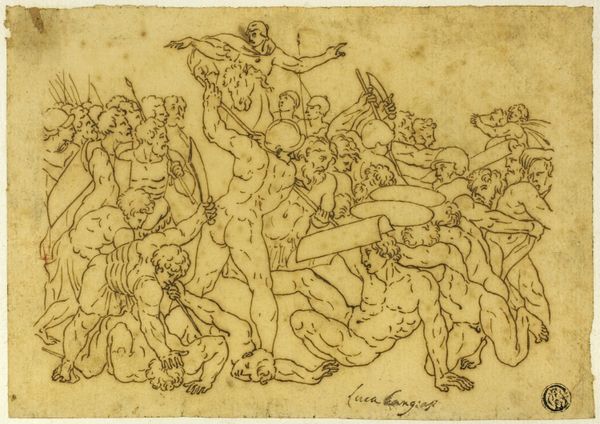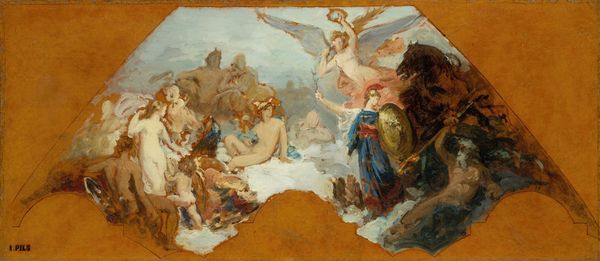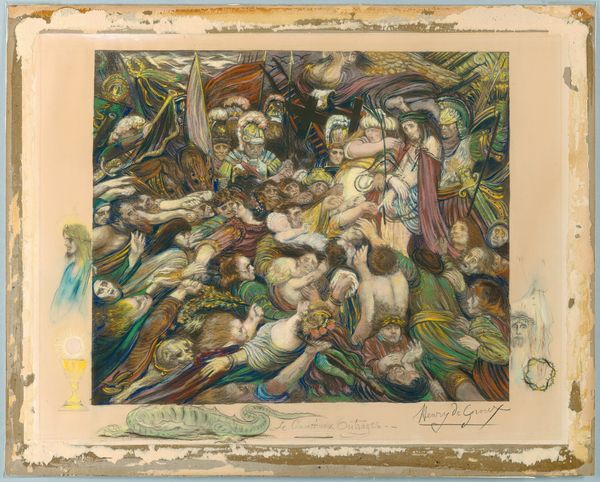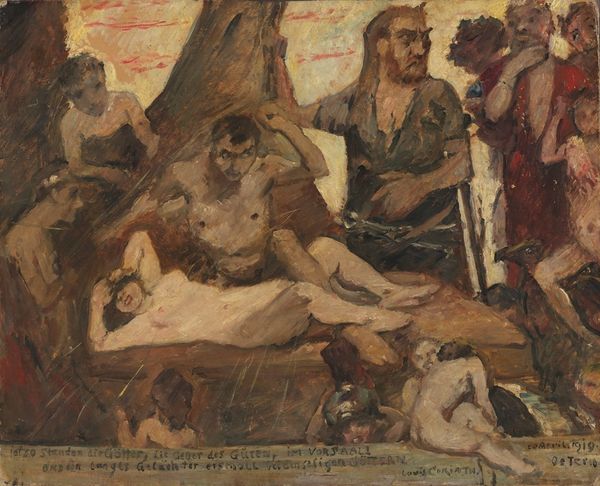
drawing, watercolor
#
drawing
#
landscape
#
figuration
#
oil painting
#
watercolor
#
watercolour illustration
#
history-painting
#
watercolor
Dimensions: 180 mm (height) x 420 mm (width) (bladmaal)
Editor: We're looking at "Syndfloden" by Lorenz Frølich, created sometime between 1846 and 1908. It’s a watercolor drawing currently held at the SMK. The composition is filled with figures, evoking a sense of chaos and impending doom. What’s your take on it? Curator: It is tempting to see in it reflections of 19th-century anxieties about societal upheaval. Consider the rising tide of nationalism and revolution during Frølich’s time. Do you think he might be commenting on that political unrest through the biblical story of the flood? The scale of the figures and the implied threat surely are intentional. Editor: Possibly! I see it visually representing not just divine wrath, but also human despair and maybe even resilience, given that there *are* survivors. Are you suggesting that this resonated more deeply during an era defined by sweeping socio-political change? Curator: Exactly. History paintings were often more about the moment of creation than the distant past. Frølich was participating in a conversation about collective trauma and potential rebirth that preoccupied the European consciousness, from expanding urbanization and resulting environmental changes to political instability across Europe.. Who is spared? Who isn’t? And who gets to make that decision? Editor: So, "Syndfloden" becomes a mirror reflecting the anxieties of its time, less about the literal biblical event and more about contemporary social turbulence. Curator: Precisely. The painting transforms into a political allegory; a symbolic commentary deeply entwined with the cultural milieu in which Frølich lived and worked. It gives power to those in charge while simultaneously questioning that same power. Editor: I hadn’t thought about it in that political light before. Thanks, that really expands how I interpret the work! Curator: Indeed. And looking at art this way highlights that art both represents history and is a part of history itself.
Comments
No comments
Be the first to comment and join the conversation on the ultimate creative platform.
